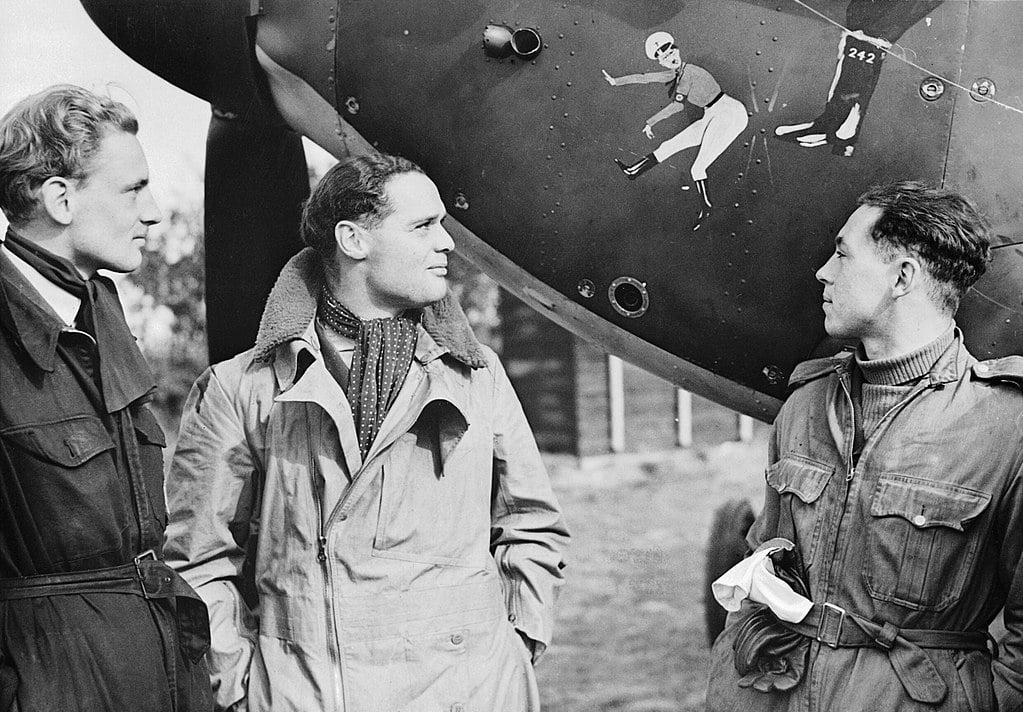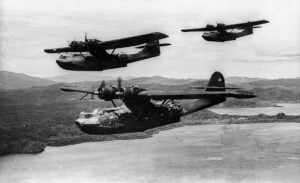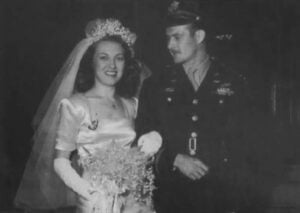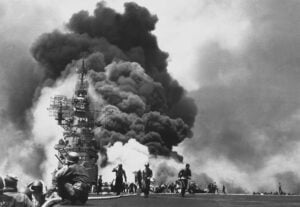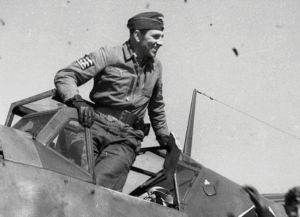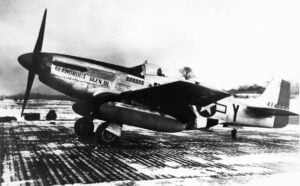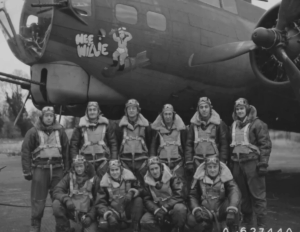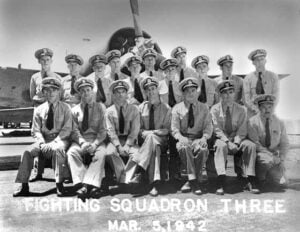The Man Who Lost His Legs in a Crash, Then Became WWII’s Most Fearless Pilot
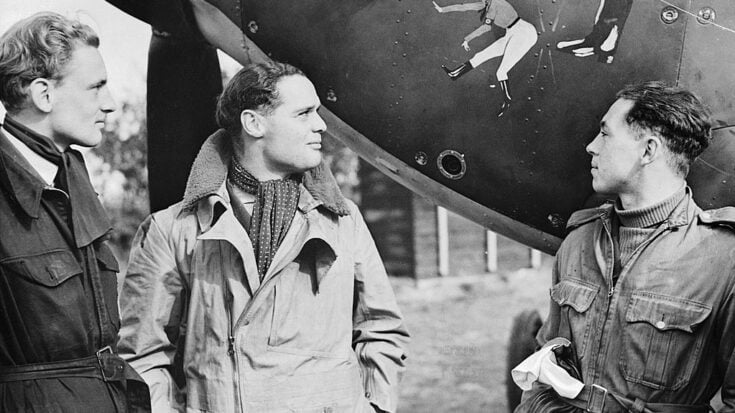
Stanley Arthur Devon, Public domain, via Wikimedia Commons.
Early Days and a Crash That Changed Everything
In 1931, Douglas Bader was a young pilot in the Royal Air Force eager to show off his skill. While performing aerobatics in a Bristol Bulldog near Woodley Airfield, he clipped the wingtip, lost control and crashed. His legs were crushed and both were amputated—one above the knee and the other below.
In the months that followed, Bader refused to accept his fate. He learned to walk on artificial limbs and asked repeatedly to return to flying. Although the RAF originally rejected him, the outbreak of war changed things. In November 1939 he rejoined the RAF for active service.
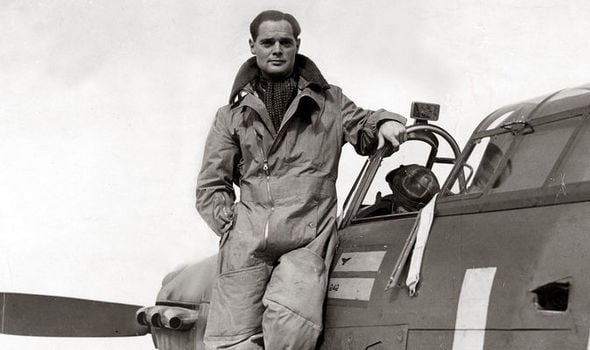
Back in the Cockpit and Into Combat
Once underway, Bader quickly proved he still had what it took. Flying Hurricanes and later Spitfires, he participated in the Battle of France and the Battle of Britain. He achieved 22 confirmed aerial victories, plus shared and probable kills, making him one of Britain’s top aces despite his double amputation.
His leadership of No. 242 Squadron boosted morale and performance. He pioneered tactics, like the “Big Wing” formation, that made a real difference in the air war. His willingness to lead by example earned him respect among pilots and crews alike.
Captured, Escaped, Adapted
In August 1941 Bader’s luck ran out: his Spitfire was downed over France, and his prosthetic leg became trapped in the cockpit during his bailout. He parachuted out, wounded and missing a limb. The Germans captured him and, unusually, allowed a new prosthetic leg to be parachuted in under “Operation Leg”.
While a prisoner of war he attempted multiple escapes. Because the captors feared his persistence, they stripped him of his artificial limbs each night to limit his mobility. He was held in the high-security camp at Colditz Castle until liberation in 1945.
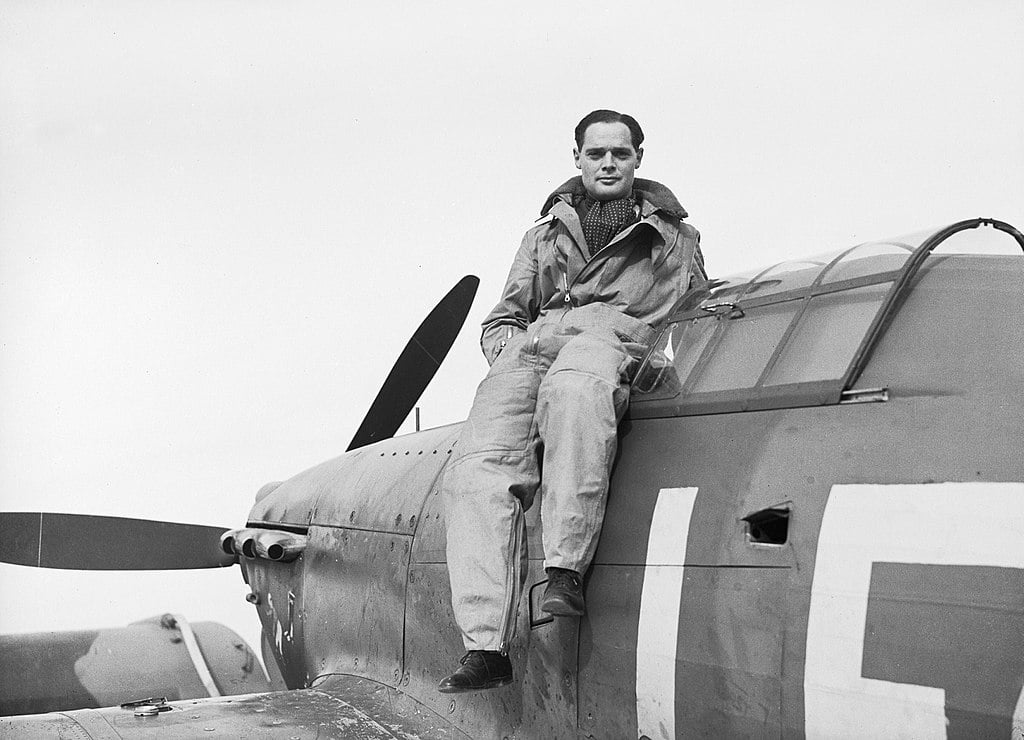
Overcoming Disability and Changing Perceptions
Bader’s story challenged many assumptions. Before the war he was told his amputation would end his flying career. Instead, he returned to action and proved his fitness in combat. His prosthetic limbs did not hold him back—they became part of his identity as a resilient pilot.
Some accounts suggest that his lack of lower limbs gave him an unexpected advantage during high-G manoeuvres, because blood could not pool in legs as normally happens. This may have helped him maintain control in extreme aerial engagements—but his success still rested on rigorous training, discipline, and courage.
A Legacy Beyond the Cockpit
During his wartime service Bader received numerous awards: the Distinguished Service Order & Bar, the Distinguished Flying Cross & Bar, and later, a knighthood. He remained a prominent figure long after the war, advocating for disabled veterans and working in aviation and public life.
His life shows how failure can become fuel, how a serious physical injury need not end ambition, and how one man’s refusal to bow to circumstance led to real change—in flying, in leadership, and in how disability was viewed in the military. His aircraft flying days ended, but his influence soared far beyond the skies he once flew.
